Next.js Best Practices for High-Performance Websites

Written by
Ankit Godara
Front End Developer
Mohit Bishnoi
Front End Developer
Table of contents
Build with Radial Code
In today’s fast-paced digital world, performance is one of the biggest factors that determine whether a website succeeds or fails. Users don’t wait around for slow sites—if your app lags, they bounce. And guess what? Search engines also rank fast websites higher. That means performance impacts both user experience and SEO visibility.
This is exactly where Next.js comes into play. It’s a React-based framework that goes beyond the basics, giving developers built-in tools for Static Site Generation (SSG), Server-Side Rendering (SSR), Incremental Static Regeneration (ISR), and Edge Rendering. With these, you can balance speed, scalability, and flexibility.
But here’s the catch: simply building with Next.js won’t magically make your site fast. Your architecture, asset handling, caching, and rendering strategies decide how performant your project really is.
In this guide, we’ll break down best practices for building blazing-fast websites with Next.js. Expect code samples, real-world examples, and advanced strategies.
Selecting the Right Rendering Strategy
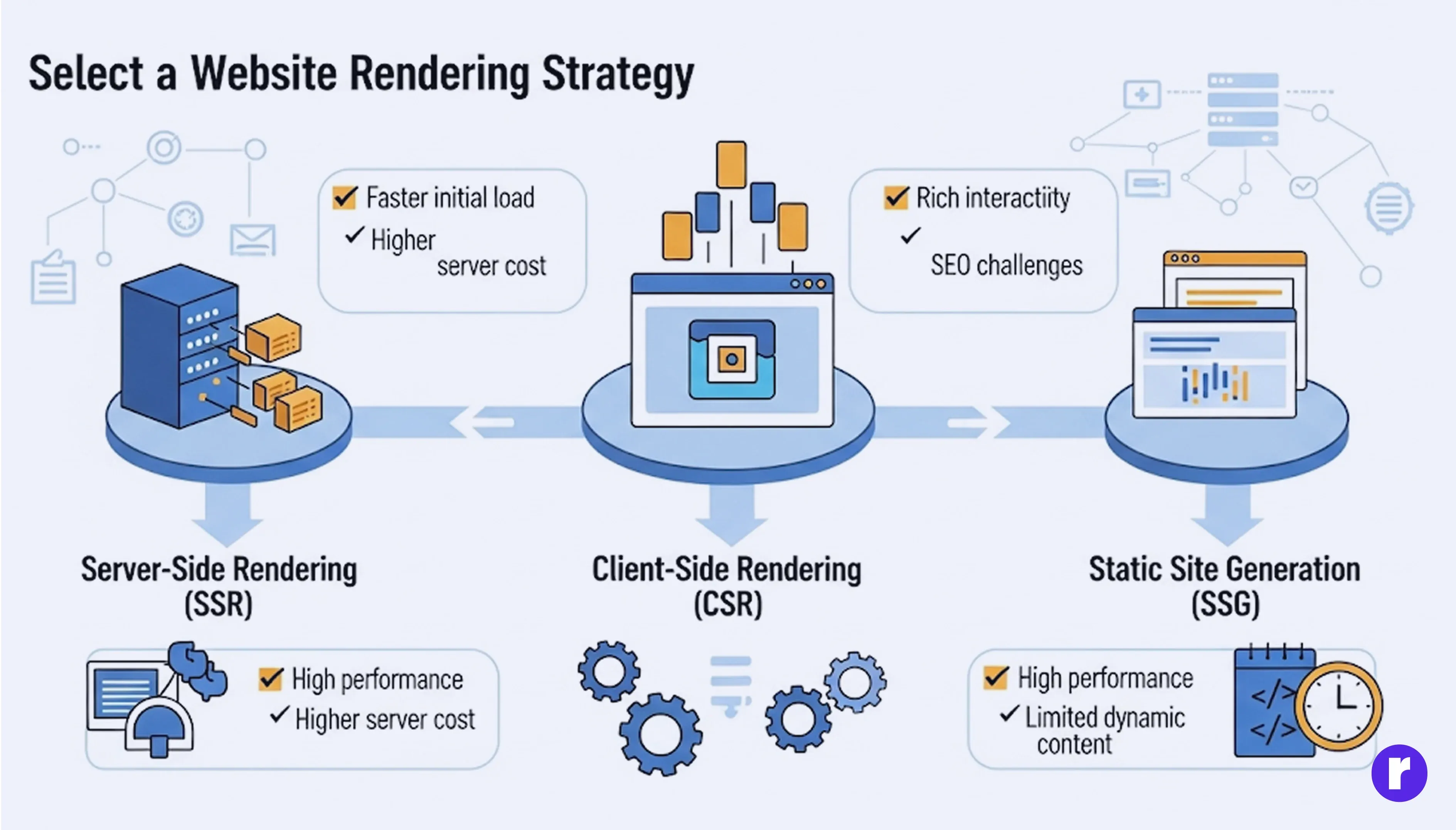
One of Next.js’s biggest flexes is its flexible rendering modes. Choosing the wrong one can slow things down big time, so let’s unpack each:
- Static Site Generation (SSG): Pre-renders HTML at build time. Perfect for blogs, docs, or marketing pages that barely change.
- Server-Side Rendering (SSR): HTML is generated at request time. Good for live dashboards, stock data, or news tickers.
- Incremental Static Regeneration (ISR): Hybrid approach: pre-renders at build, then updates pages after a set time. Best for eCommerce or blogs that add content frequently.
- Client-Side Rendering (CSR): Fetches data directly in the browser via hooks (useEffect, SWR). Great for components that need instant interactivity (like chat UIs).
Example: Implementing ISR for a blog
// pages/blog/[slug].jsimport { getPost, getAllPosts } from "@/lib/api";
export async function getStaticPaths() {
const posts = await getAllPosts();
return {
paths: posts.map(post => ({ params: { slug: post.slug } })),
fallback: "blocking",
};
}
export async function getStaticProps({ params }) {
const post = await getPost(params.slug);
return {
props: { post },
revalidate: 60, // regenerate every 60s
};
}
export default function BlogPost({ post }) {
return {post.title} ;
}
Pro tip:
- Use ISR for 70–80% of pages (fast + scalable).
- Reserve SSR only for ultra-fresh data.
Learn more about next js click here
Optimizing Images with next/image
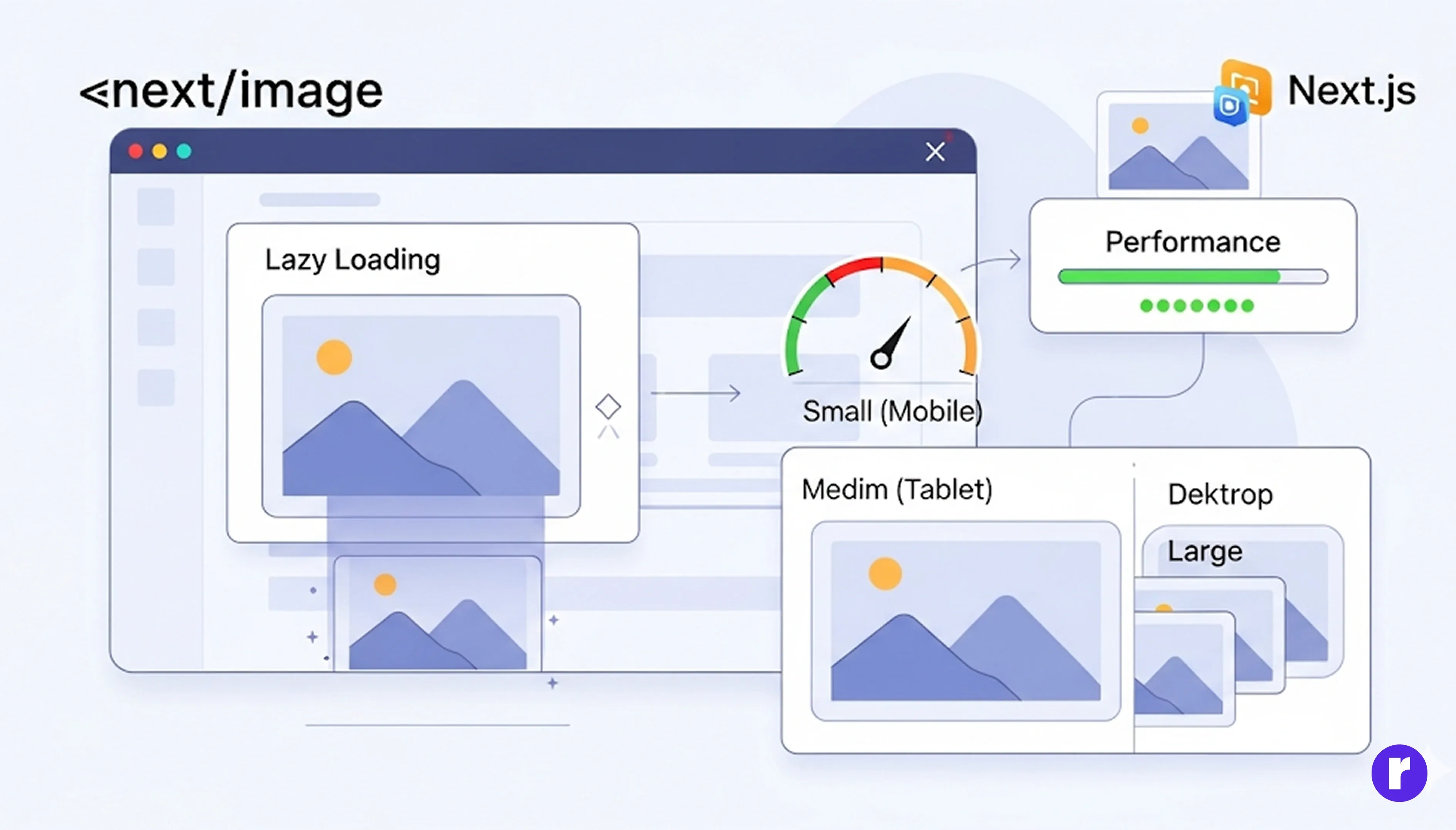
Images are usually the heaviest assets on any site. Thankfully, Next.js’s <Image />component automatically:
- Compresses images
- Lazy-loads below-the-fold content
- Serves modern formats (WebP, AVIF)
- Creates responsive sizes
Example: Hero image optimization
import Image from "next/image";
export default function HeroBanner() {
return (
Example: Responsive product images
<Image src="/products/shoes.png"
alt="Running Shoes"
width={500}
height={500}
sizes="(max-width: 768px) 100vw,
(max-width: 1200px) 50vw,
33vw" />
- Use priorityonly for images above the fold.
- Always set widthand height to prevent layout shifts.
- Consider using a CDN for global delivery.
Reducing JavaScript & Bundle Size
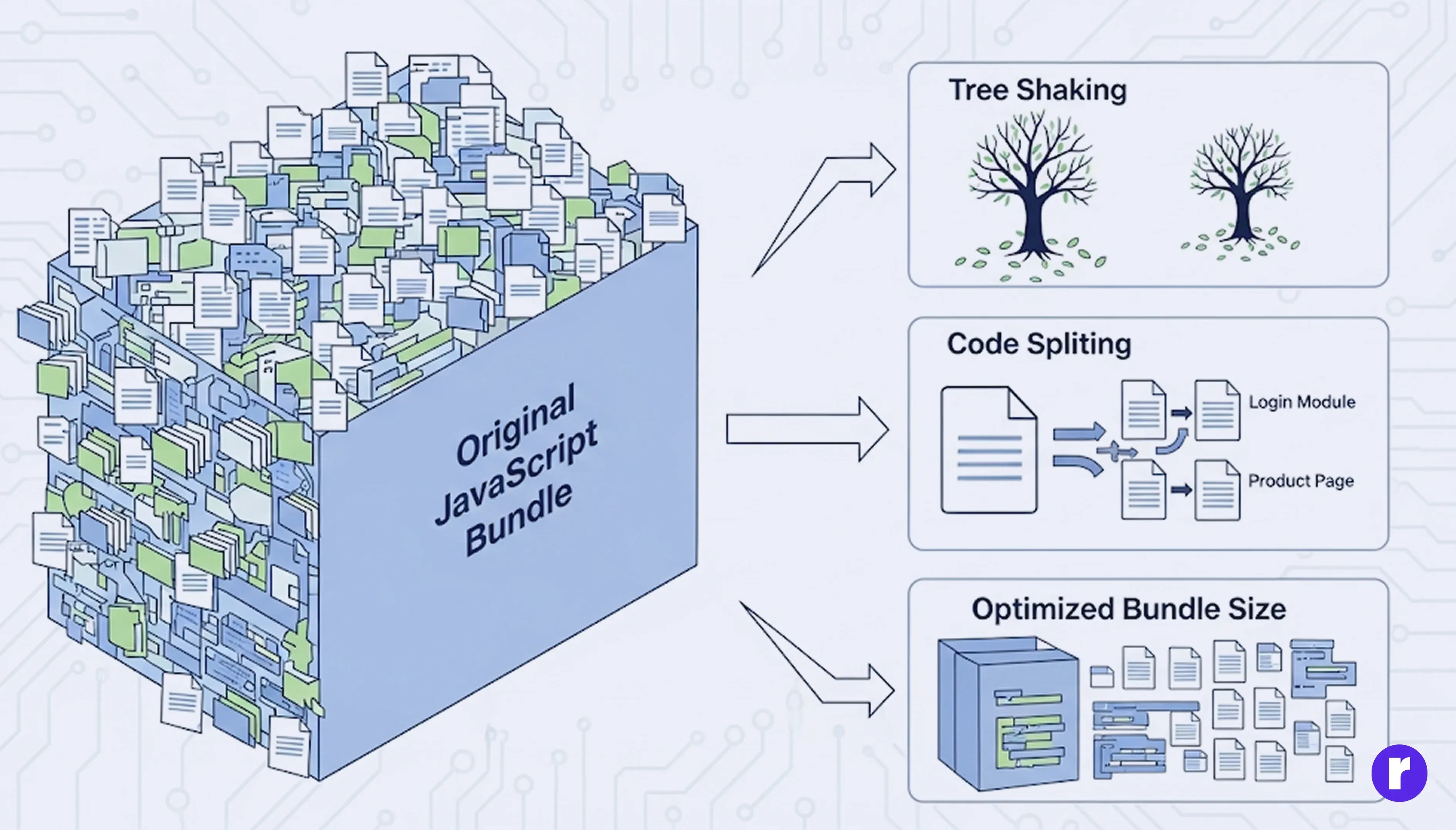
Too much JS = sluggish site. Keep it lean:
- Dynamic Imports: Load only when needed.
import dynamic from "next/dynamic"; const Chart = dynamic(() => import("../components/Chart"), { ssr: false }); - Tree Shaking: Next.js auto-removes unused code during builds.
- Replace Heavy Libraries: e.g., swap moment.js for date-fns.
- Analyze Bundles: Install analyzer:
npm install @next/bundle-analyzer // next.config.js const withBundleAnalyzer = require("@next/bundle-analyzer")({ enabled: process.env.ANALYZE === "true", }); module.exports = withBundleAnalyzer({});
Run ANALYZE=true npm run build → view bundle stats.
Leveraging Caching & CDNs
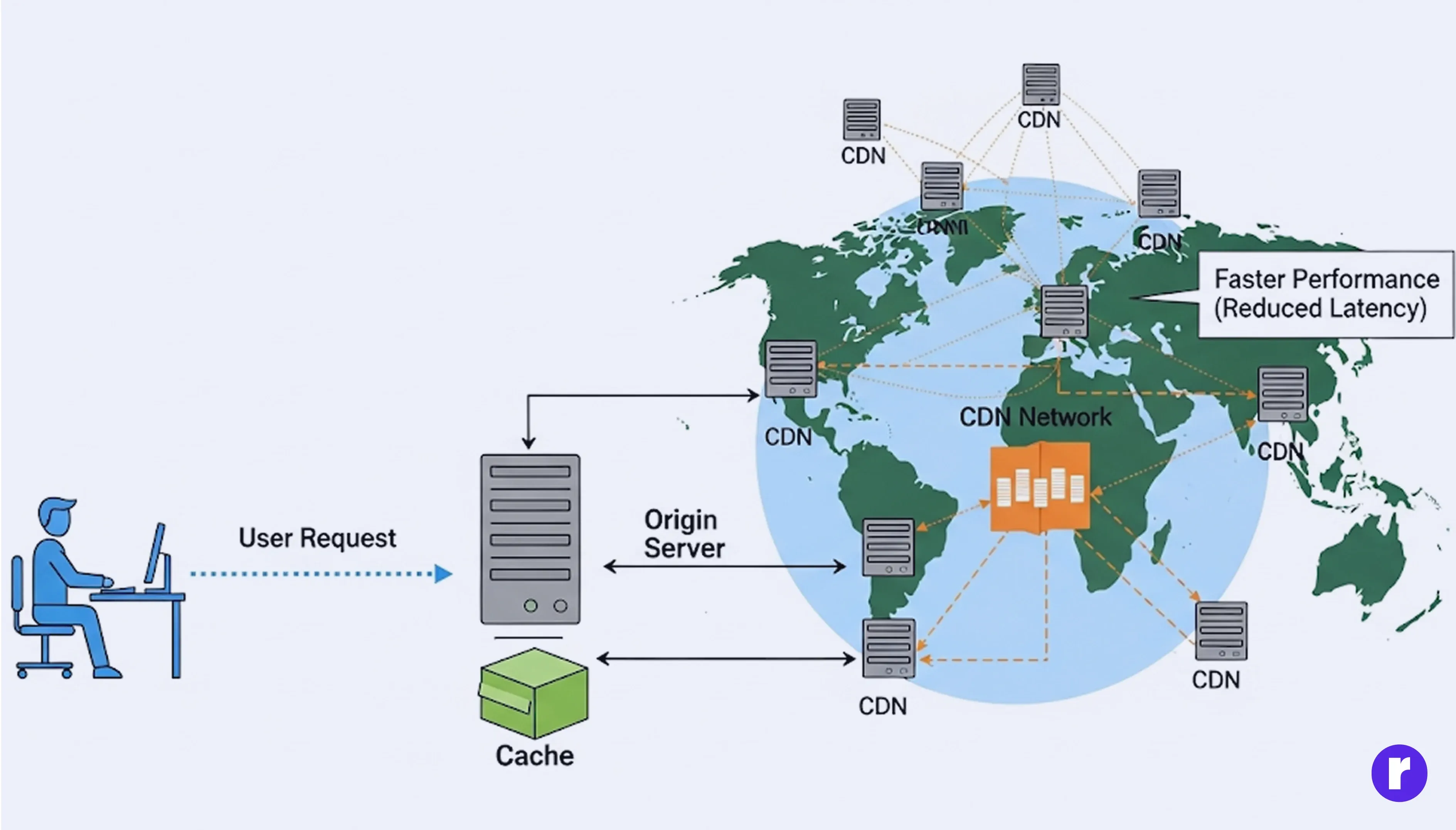
Caching = free performance boost.
- Static Assets: Next.js auto-caches images, JS, fonts.
- API Responses: Cache data when freshness isn’t critical.
- Global Delivery: Deploy via Vercel Edge or CDNs like Cloudflare.
Example: Setting cache headers
// pages/api/products.js
export default function handler(req, res) {
res.setHeader("Cache-Control", "s-maxage=60, stale-while-revalidate");
res.json({ products: [] });
}
Optimizing Routing & Prefetching
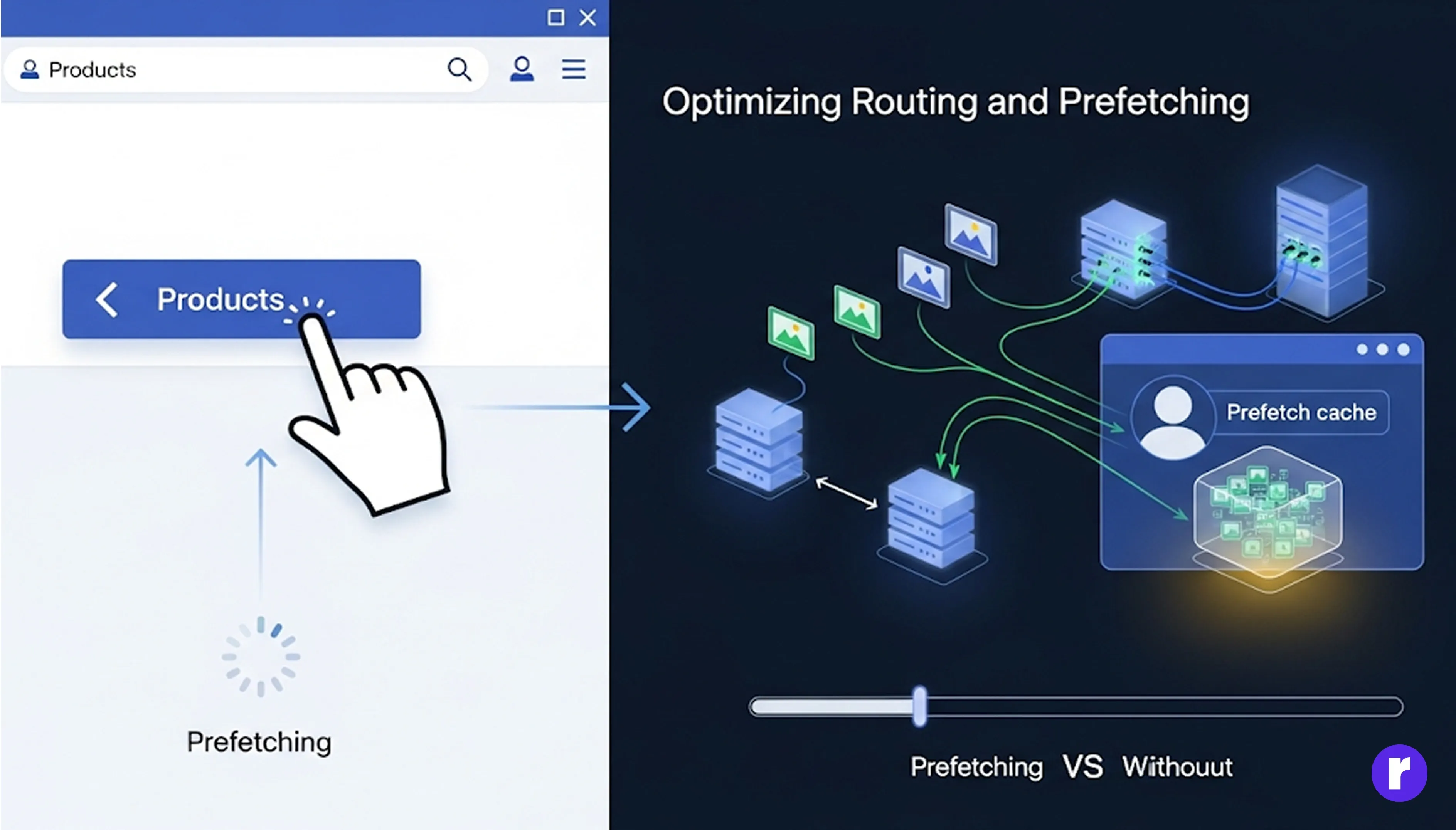
Navigation speed is where Next.js shines.
- Dynamic Routes: /pages/products/[id].js keeps structure scalable.
- Dynamic Routes: Load pages in the background with next/link.
import Link from "next/link";
<Link href="/blog/first-post" prefetch>Primary Button</Link>Don’t prefetch everything—it can bloat network usage.
Improving Core Web Vitals
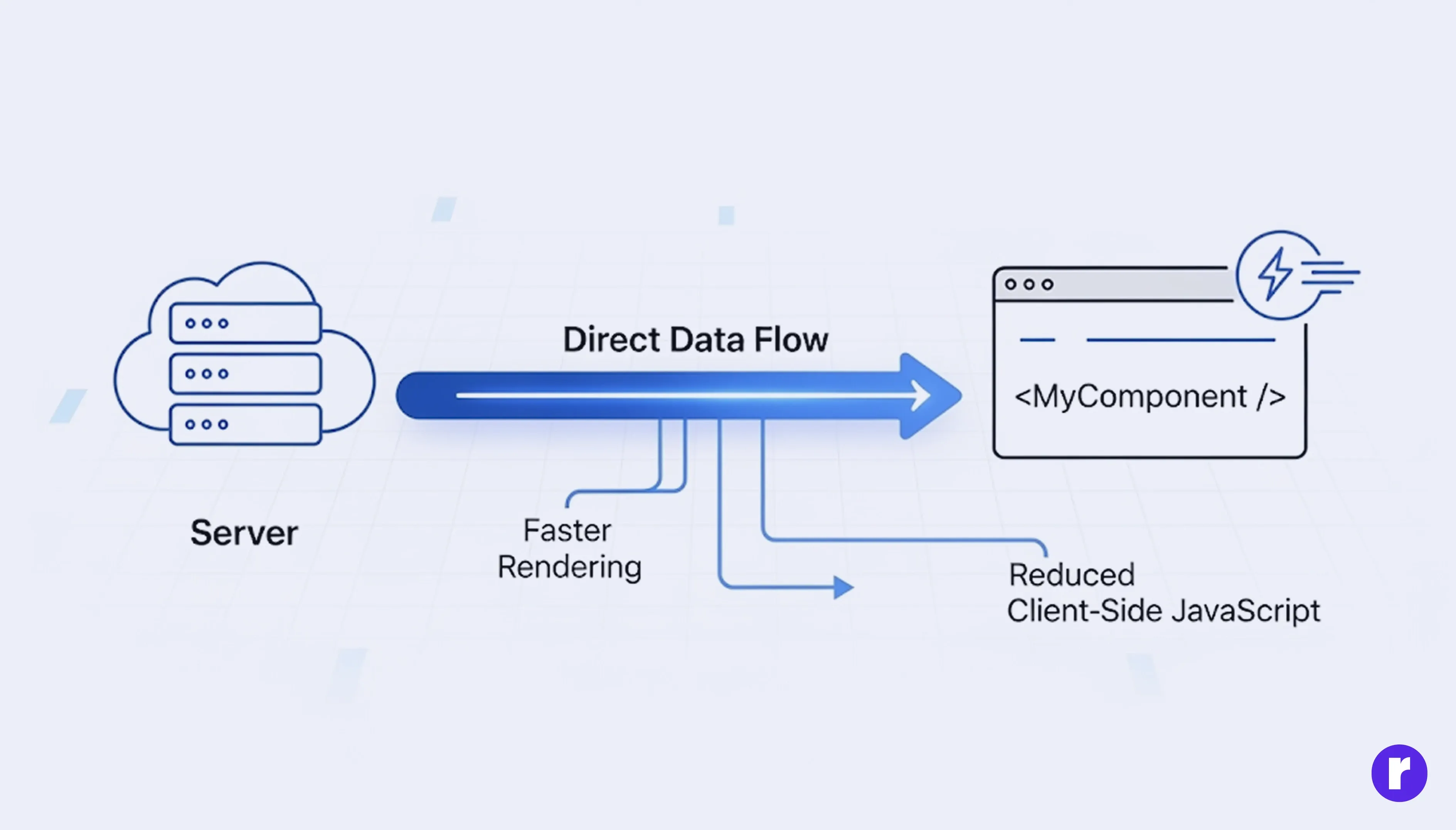
Google’s Core Web Vitals matter for both UX + SEO:
- LCP (Largest Contentful Paint): Load big images/text fast.
- FID (First Input Delay): Reduce JS execution.
- CLS (Cumulative Layout Shift): Avoid unexpected shifts.
Quick fixes:
- Lazy-load non-critical scripts with next/script.
- Optimize fonts via built-in Next.js font loader.
- Always set width & height for media.
- Use React 18’s concurrent features for smoother UX.
Secure & Optimize API Routes
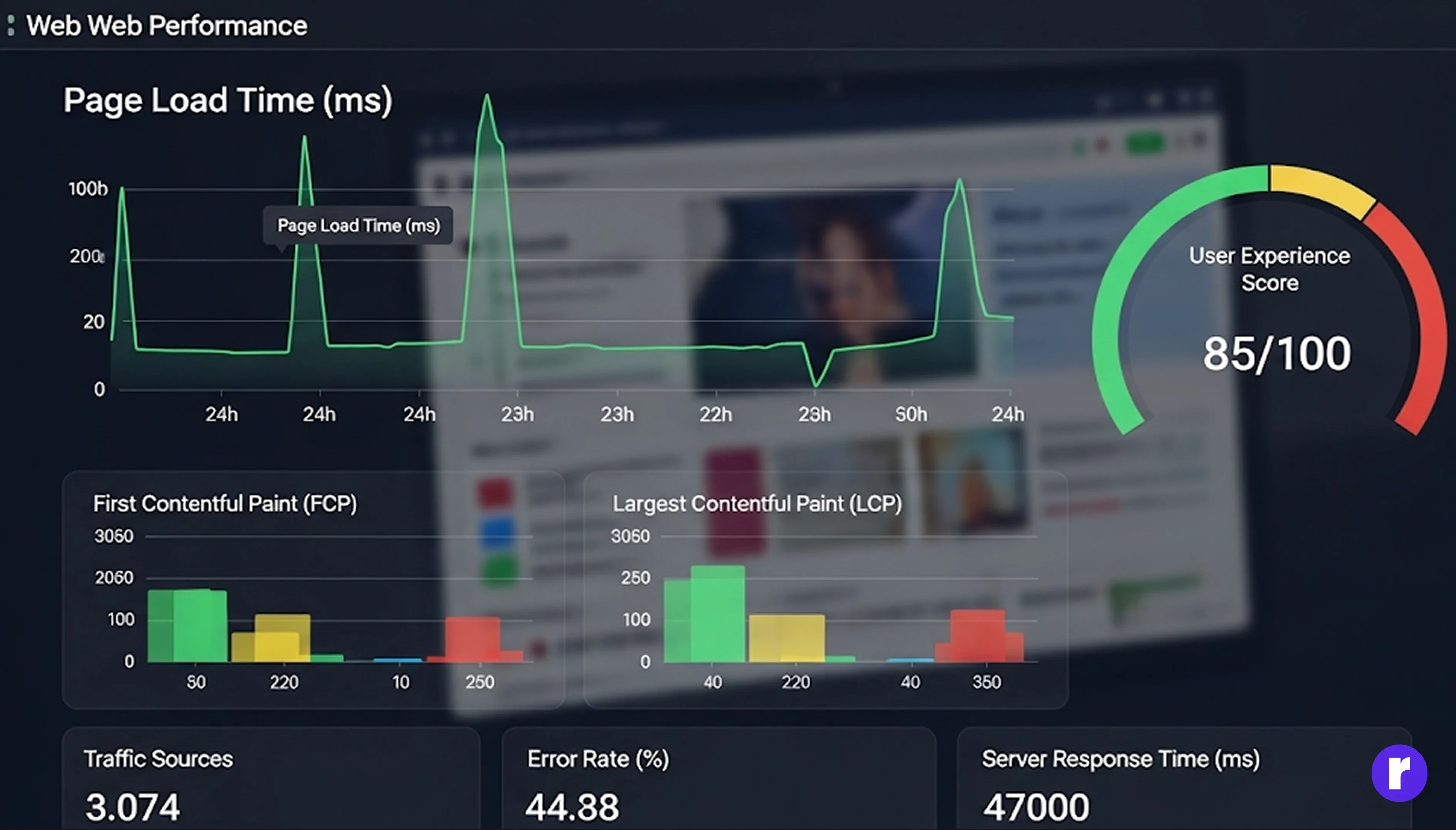
Your Next.js app can include backend logic—but keep it lean:
- Validate user input to avoid attacks.
- Cache heavy API responses.
- Use Edge Functions for time-sensitive tasks (auth, personalization)
Example: Input validation
// pages/api/contact.js
export default function handler(req, res) {
const { name, email } = req.body;
if (!email.includes("@")) {
return res.status(400).json({ error: "Invalid email" });
}
res.status(200).json({ success: true });
}
Middleware & Edge Functions

Middleware lets you intercept requests before hitting routes.
Example: Redirecting non-logged-in users
// middleware.jsimport { NextResponse } from "next/server";
export function middleware(req) {
const token = req.cookies.get("token");
if (!token) return NextResponse.redirect("/login");
}
Use cases:
- A/B testing
- Geo-based personalization
- Authentication checks
Keeping Dependencies Lean
The heavier your project, the slower it builds + runs.
- Run npm lsor yarn listto audit packages.
- Replace giant libraries with modular ones.
- Remove unused packages.
Rule of thumb: “If you only use 5% of a library, ditch it.”
Monitoring, Testing & Iteration
Performance is not a one-time setup—it’s ongoing.
- Lighthouse: Quick audits.
- WebPageTest: Deeper performance testing.
- Vercel Analytics / Sentry: Real-time monitoring.
- Bundle Analysis: Run after each deploy.
Example: Add Lighthouse CI to CI/CD
npm install -g @lhci/cli
lhci autorun
Conclusion
Next.js is like a sports car—it’s fast by default, but only if you know how to drive it.
- Picking the right rendering mode
- Optimizing images
- Cutting JS bloat
- Leveraging caching & CDNs
- Monitoring continuously
You can ensure your site feels instant, scales globally, and ranks high in search results.
Remember: performance is a journey, not a checkbox. The best dev teams treat it as an ongoing cycle of testing and optimizing.
So go build, measure, tweak, and repeat—your users (and Google) will thank you.
